On October 16, information from Tu Du Hospital said that after 2 weeks of emergency surgery, Ms. T's 2 children have now started to have the reflex to suck and swallow.
The arduous journey to find a child
Ms. T. said that she had a natural pregnancy and gave birth naturally for the first time in 2017. After 5 years, she wanted to have a second child but was unsuccessful. After going to the doctor, the results showed that her ovarian reserve was low due to endometriosis of the lateral ovary and she had undergone laparoscopic surgery to remove the endometriosis cyst. She was stimulated and had her eggs retrieved to create 4 frozen embryos for in vitro fertilization.
The first time, Ms. T. had a frozen embryo transferred but it failed. The second time, she continued to have a frozen embryo transferred and the result smiled on her when the ultrasound recorded twins with dichorionic diamniotic twins.
The fetal development process was completely normal through important milestones such as 12 weeks of low-risk malformation screening, 21 weeks of morphological examination with no abnormalities recorded, 25 weeks of negative glucose tolerance test. Received lung support injection at 29 weeks of pregnancy.
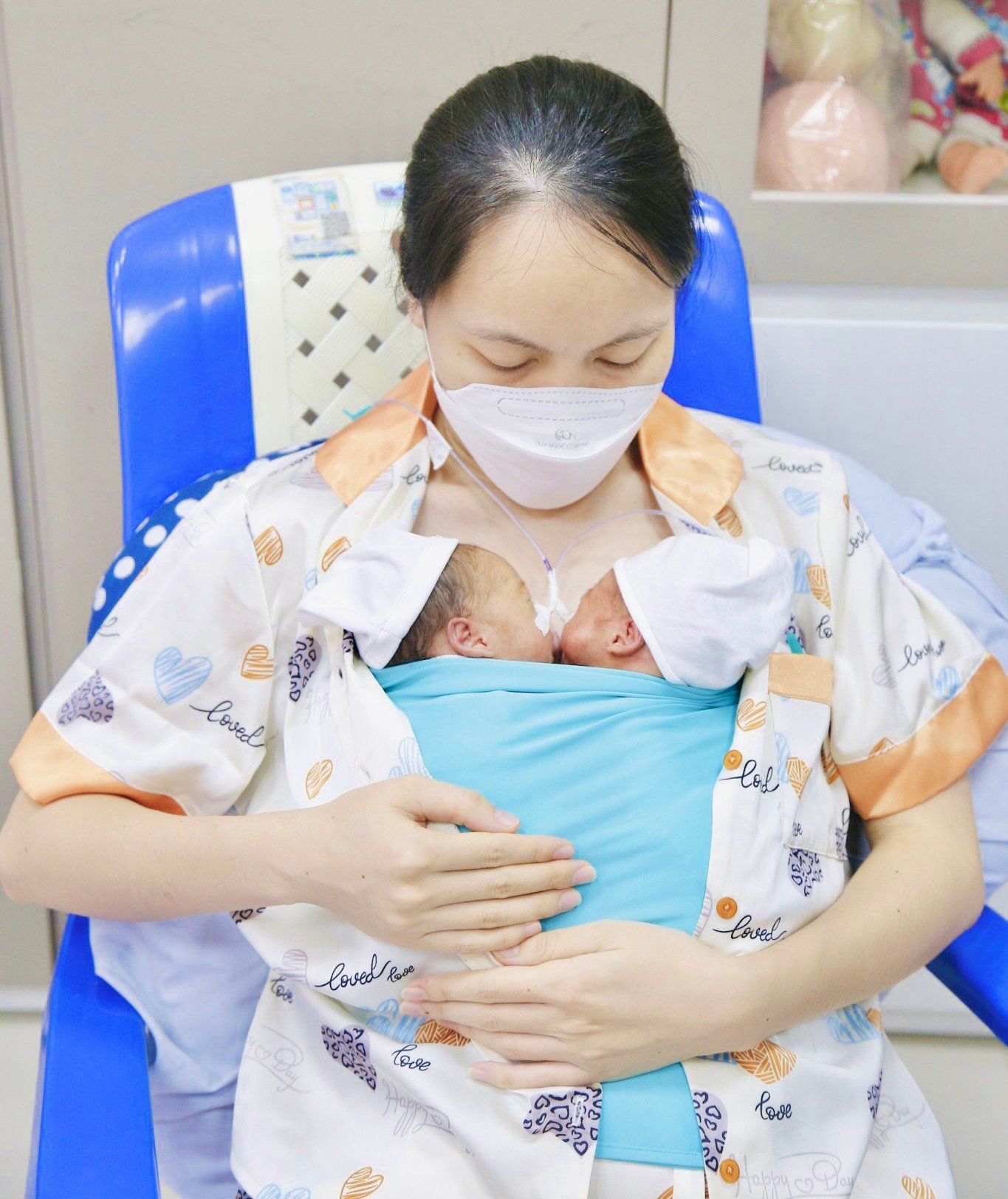
2 babies are kept by their mother Kangaroo
Dull abdominal pain, internal bleeding at 30 weeks of pregnancy
When she was 29 weeks and 3 days pregnant, Ms. T. felt increasing abdominal pain. She went to a private medical facility for a pregnancy check-up and was diagnosed with threatened premature birth. After being examined and taking prescribed medication, the abdominal pain did not subside, so she and her family decided to go to Tu Du Hospital for further examination.
On the afternoon of September 28, at the emergency department of Tu Du Hospital, through ultrasound, the doctor recorded a twin pregnancy of about 30 weeks, with one small fetus with increased umbilical artery PI index, decreased CPR (cerebral placental index, low CPR is a sign of fetal hypoxia). In particular, in the mother's abdomen there was a lot of abnormal fluid, suspecting internal bleeding, so the decision was made to consult with the head doctor of the emergency department to perform abdominal puncture in the ultrasound room to confirm the diagnosis.
Immediately afterwards, Ms. T. was transferred to the operating room for emergency surgery with a diagnosis of internal bleeding in her 30-week-old twin pregnancy.
After the surgeon entered Ms. T's abdomen and observed 1,000 ml of dark blood and clots in her abdomen, he performed a transverse incision in the lower part of the uterus and delivered two baby girls weighing 1,200 g and 1,000 g.
The surgeon continued to examine and found a 2cm crack in the right corner of the uterus that was bleeding, with placental tissue peeking through the crack. The doctor sutured the uterine muscle at the crack, tied off the uterine arteries on both sides, and checked for good hemostasis. The patient lost a total of 1,500 ml of blood, and was transfused with 2 bags of 350 ml of packed red blood cells.
24 - 48 hours after surgery, Ms. T. recovered well, no fever, dry surgical wound, eating and walking almost normally. After 14 days, the 2 babies gradually stabilized, could breathe on their own and were transferred out for Kangaroo care. Up to today, the 2 babies have directly suckled drops of breast milk.
Source link












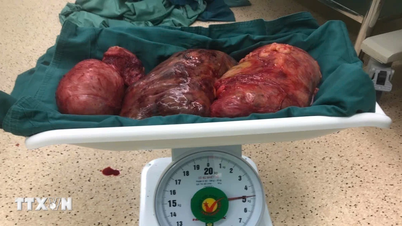






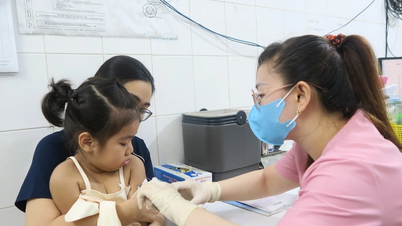

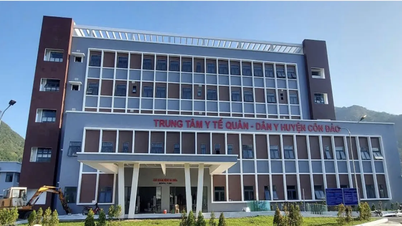
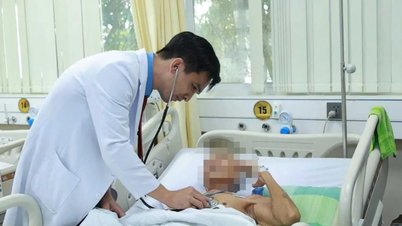





















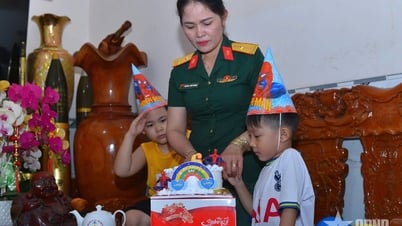








































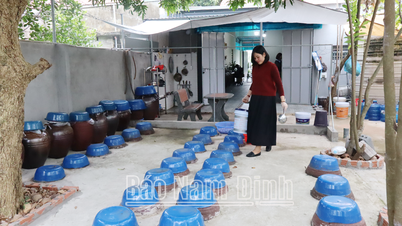











Comment (0)